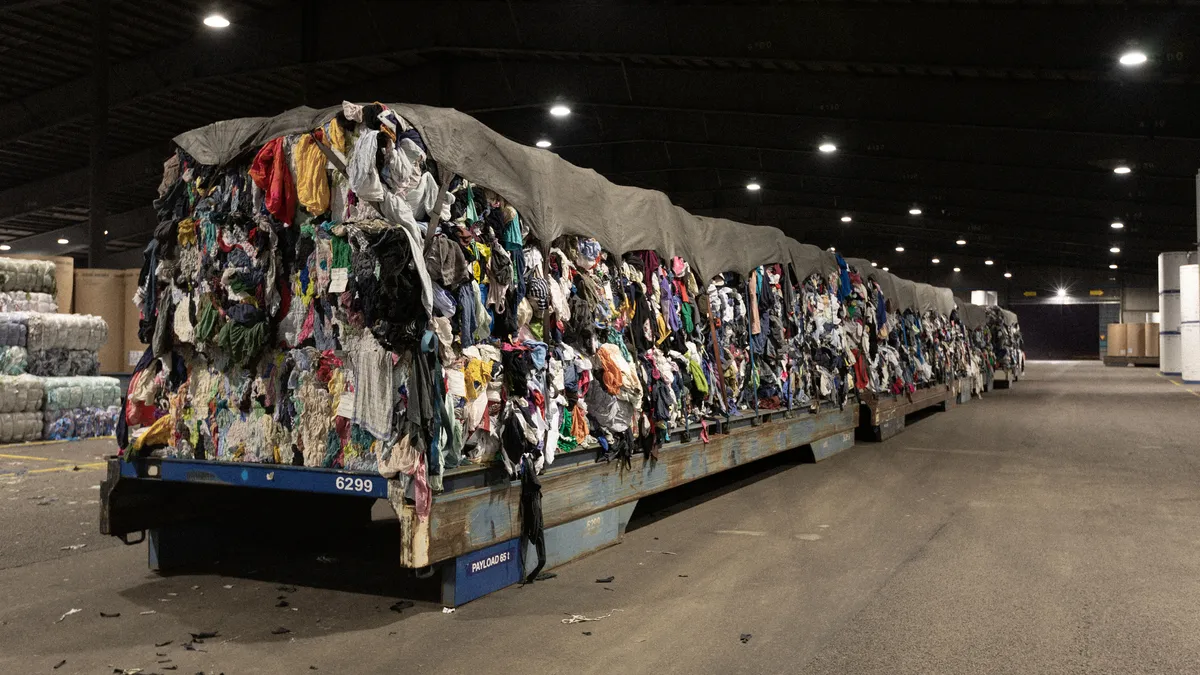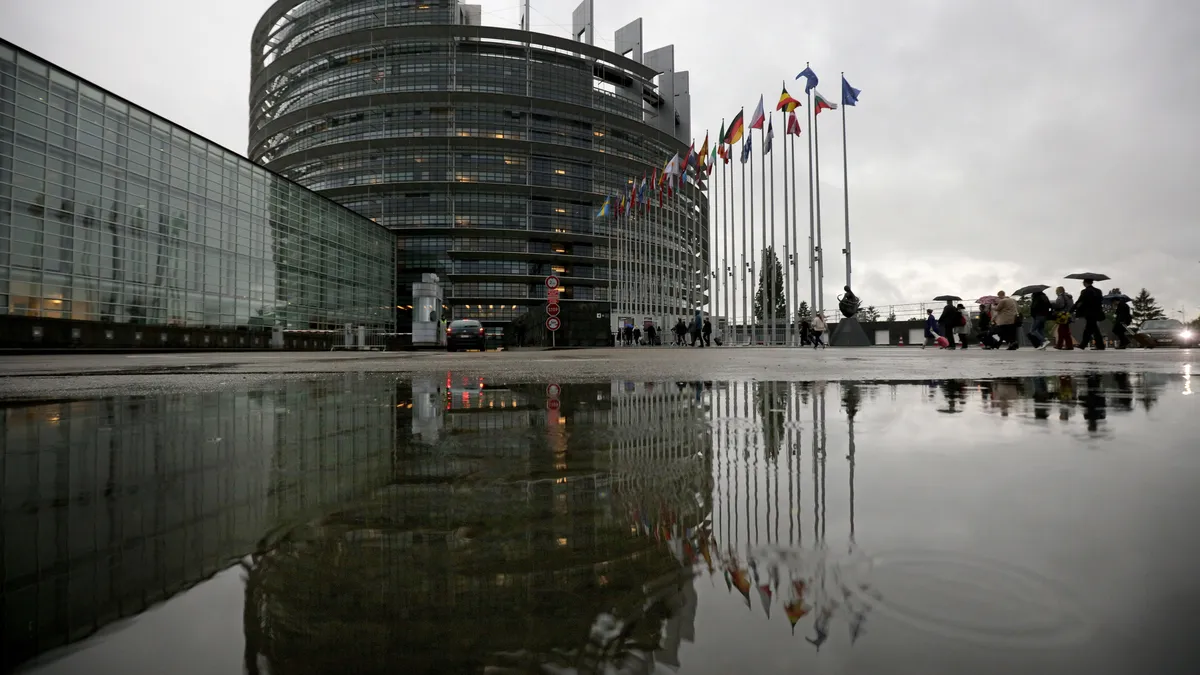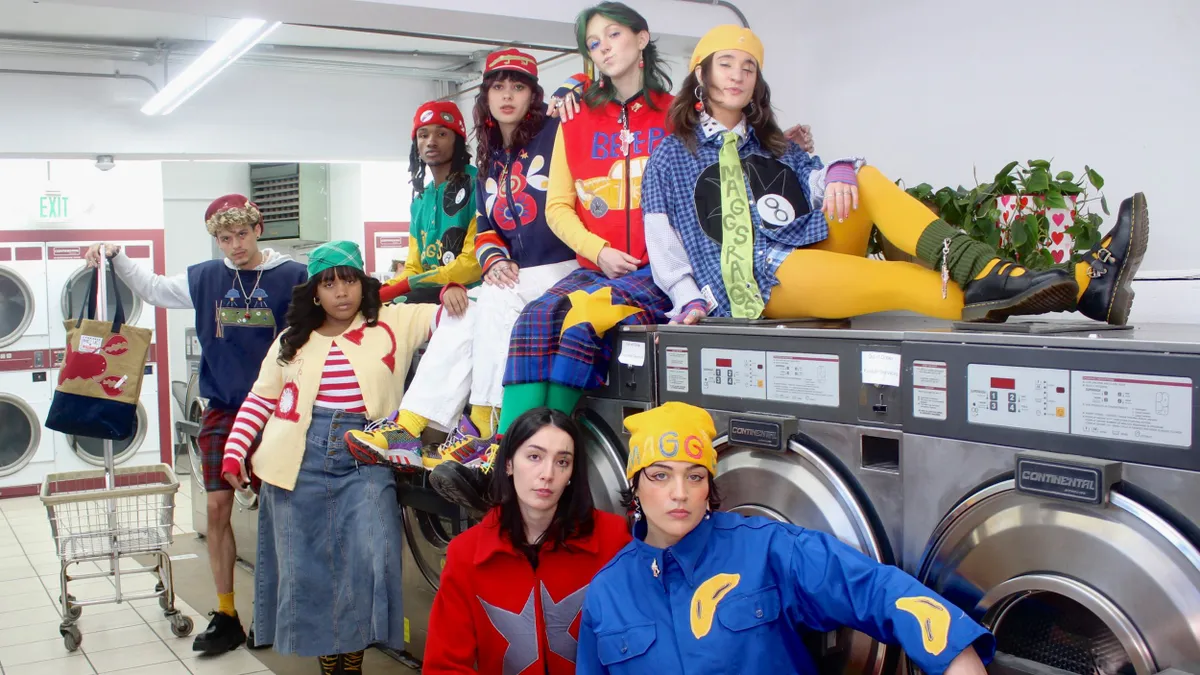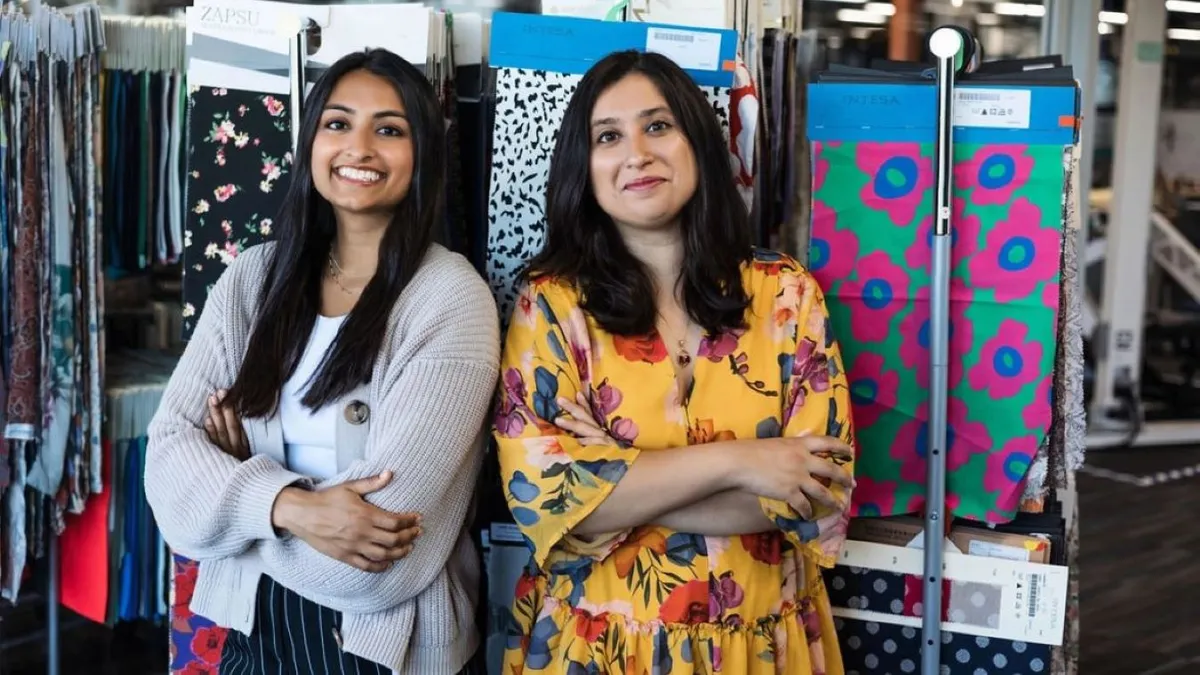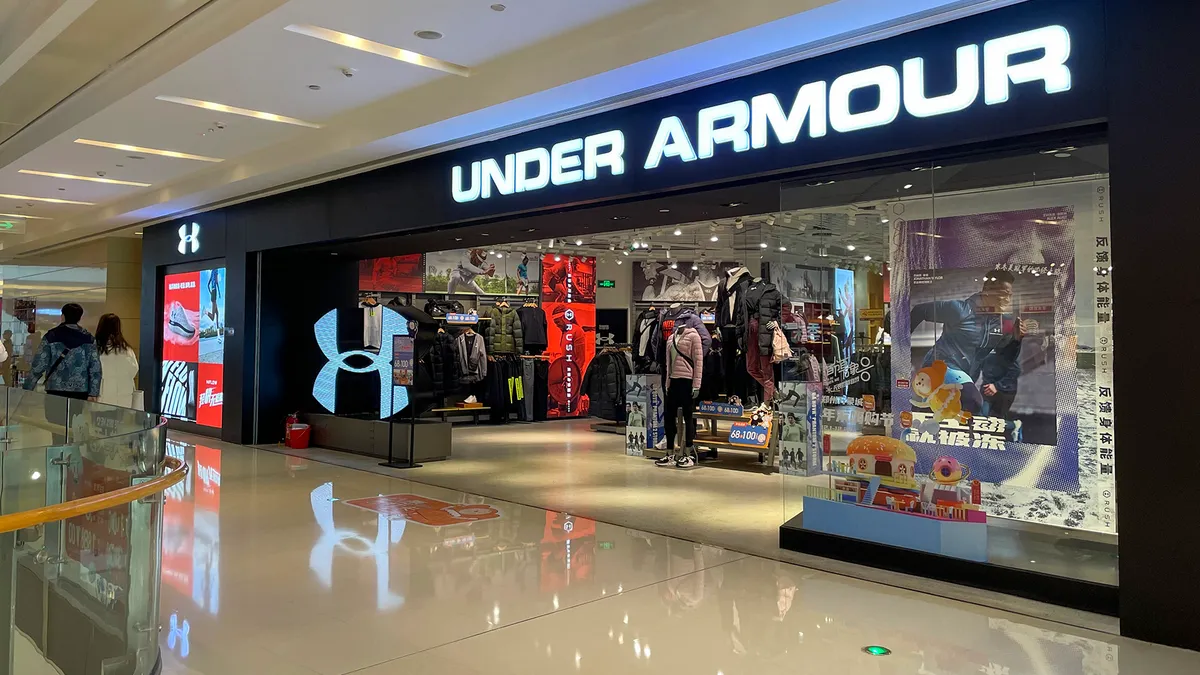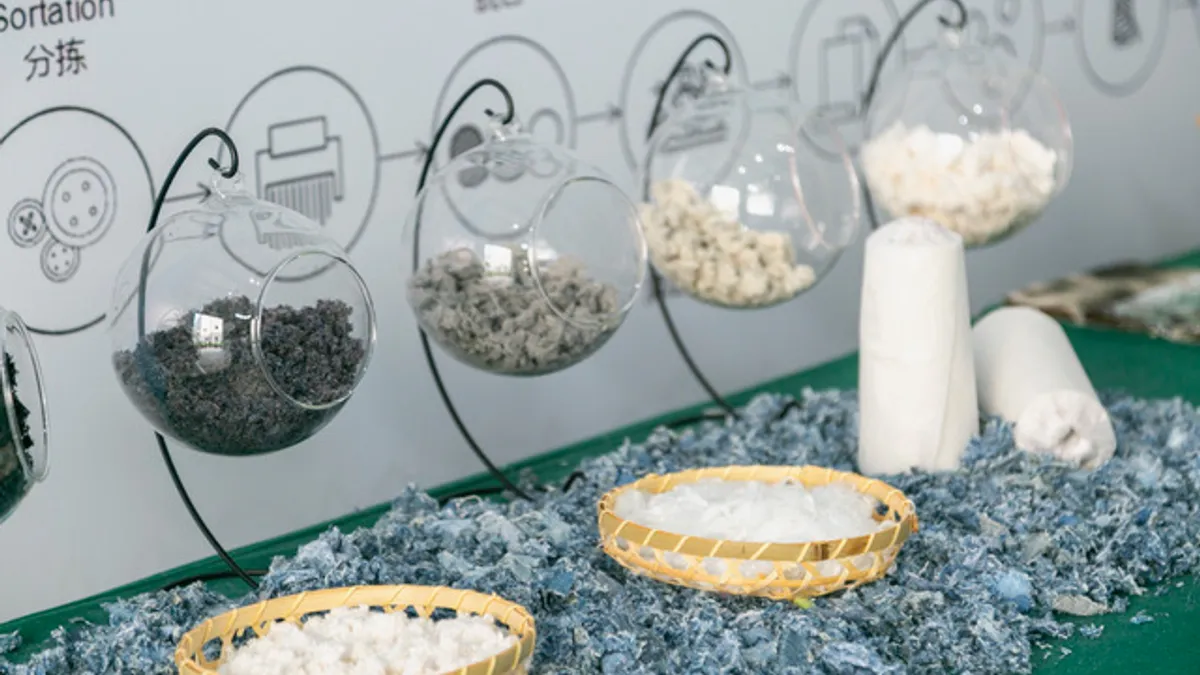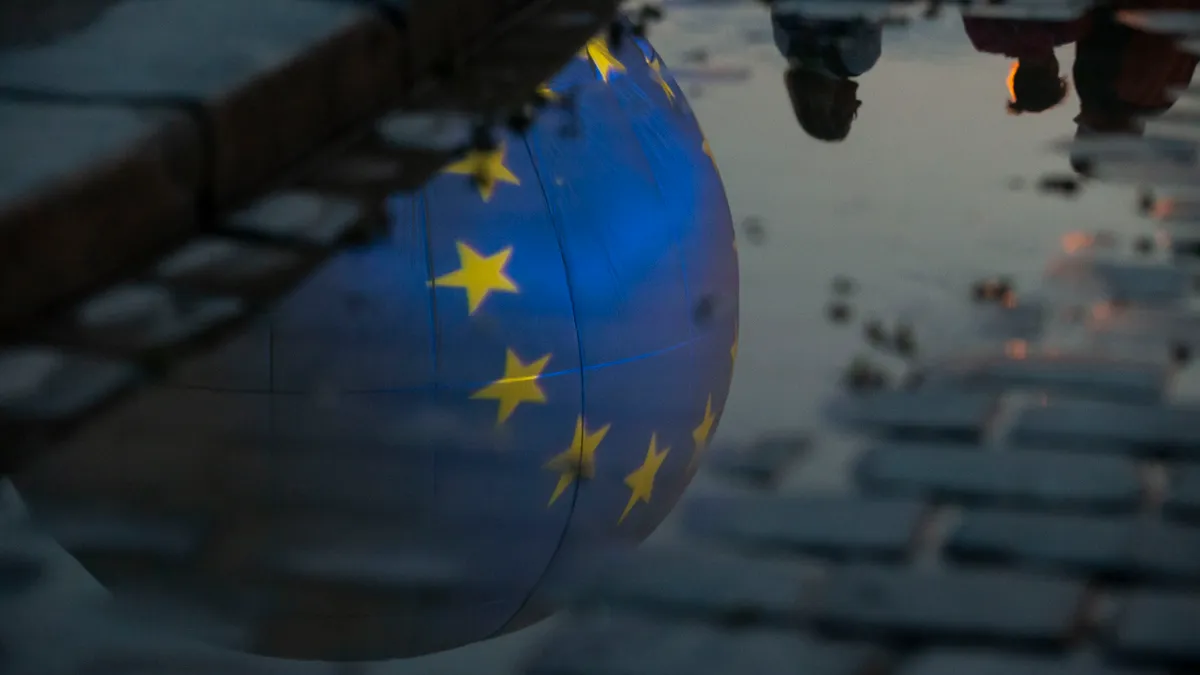Founded in 2012, Renewcell was an early adopter of producing textile-to-textile fiber made from recycled pulp at scale. But after more than a decade of raising funding from big names such as H&M, launching a supplier network and inking brand deals with companies such as Reformation and Ganni, it filed for bankruptcy last month.
Renewcell makes Circulose, a dissolving pulp used to make rayon fibers from cellulose found in textile waste and production scraps. The Sweden-based company opened its first textile-to-textile recycling facility in 2022. Now, the company’s entire estate is for sale, including its factory, equipment, inventory, trademarks and patents.
The bankruptcy came as a shock to some in the industry, raising questions about the state of the recycled textile and circularity industry as a whole. By contrast, its competitor Infinited Fiber completed a funding round totalling about $43.8 million shortly after Renewcell’s bankruptcy announcement.
While Renewcell awaits a buyer, 4,000 tons of fiber and more than 12,000 tons of pulp still remain and are ready to be used once a new owner gets situated and can start its operations again, according to Tricia Carey, chief commercial officer of Renewcell.
At the time Fashion Dive spoke with Carey, the deadline for bids on the company had passed, and a buyer was expected to be secured in early April. Many of the company’s employees had already been affected by the bankruptcy, and Carey was one of about 20 people still working for Renewcell, although she said her contract could expire by the end of the week.
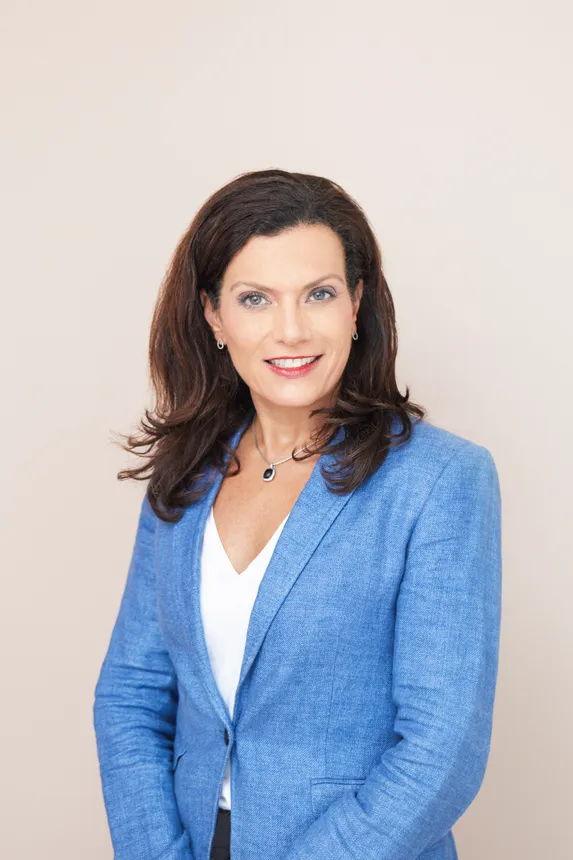
This interview has been edited for brevity and clarity.
FASHION DIVE: What ultimately led to the decision to file for bankruptcy?
TRICIA CAREY: The fact that we didn’t have enough funding to continue, and after the board had been looking for an investor since November. Since an appropriate investor hadn’t come through, there was no other option.
There was certainly a great deal of interest in Circulose. From the pilot line, the brands just couldn't get enough of it. We always had more interest from brands to supply them with more fiber to do developments.
And yet, when the reality hit, there was not that same level of interest. Of course you have to take into account the economic complications that happened from the time of doing the pilot line to the time of being commercial.
How do you view the recycled textile industry as a whole?
There's the recycled textiles, and then I think there's the next-gen innovations which are addressing circularity. There's always been recycled textiles around the mechanical recycling of cotton. Those technologies have existed. When you have less than 1% of textiles being recycled back into textiles, there's a huge opportunity for growth. I think right now, it's not only the investment that needs to happen financially, it's that technology and business models need to meet the needs of the brands and supply chain.
What differentiates Renewcell from other companies in the space?
Starting early in this — Renewcell as a company has been around for over 10 years — that has allowed us to be granted the patents for the technology.
Textile-to-textile recycling versus textile-to-textile circularity …there's a lot of the differences that you see between mechanically recycled cotton, where you're just shredding it, but you don't do any other treatment to it. Which has a benefit, and all recycling technologies need to exist. What we're doing is chemical recycling, so we're taking it all the way back to the cellulose molecule, and then using that to carry forward.
What are some of your company’s short term goals?
There’s only immediate term. We don’t talk short term, we just think immediate. Our goal right now, one, is to find that buyer, and that they can be successful to continue the use of Circulose. I would say second is clear communication in the market, so that people understand our status and where we are, but not just that, but what's needed for the industry going forward. Failure is a part of success, and so this is something that we're also trying to make sure is clearly communicated.
What is the status of some of Renewcell’s partnerships?
We find that most of the brands are continuing to go forward, some of them have stepped up, Reformation, Ganni, and said that they will continue with developments and their orders. We did have some other larger brands, like H&M, which has told their suppliers that they're continuing with their orders, as well as Inditex. Those partnerships are still there.
We've also been making sure that communication is clear to the supply chain. We started the Circulose supplier network in July 2023. We were able to grow that to over 150 mills. So spinners, knitters, weavers. Some of those players have just been incredibly supportive.
What’s something we’ve missed in our conversation?
There was this whole hype that happened [with Renewcell], and it was very exciting to be a part of that. Because brands really wanted this. We couldn't supply enough from the pilot line, and fiber producers really wanted this, and they signed offtake agreements, and they had LOIs. And we kept producing because we were like, ‘They want it, they want it.’ And then it was sort of, ‘Okay, they want it, but not as much as they said they wanted it.’
In some respects, it looks like, ‘Well, why was this company continuing to produce if they weren't selling it?’ We were doing that because we had offtake agreements that didn't come through for a variety of different reasons. The markets have been talking about price and [saying], ‘Oh, well, the price of Circulose is too high.’ Is the price of generic fibers just too low right now? So the comparisons are not even fair. How do you compare a brand new material to a fiber that's been around for 100 years, and it's 5.6 million ton market? You can't, it's not an apples-to-apples comparison.



